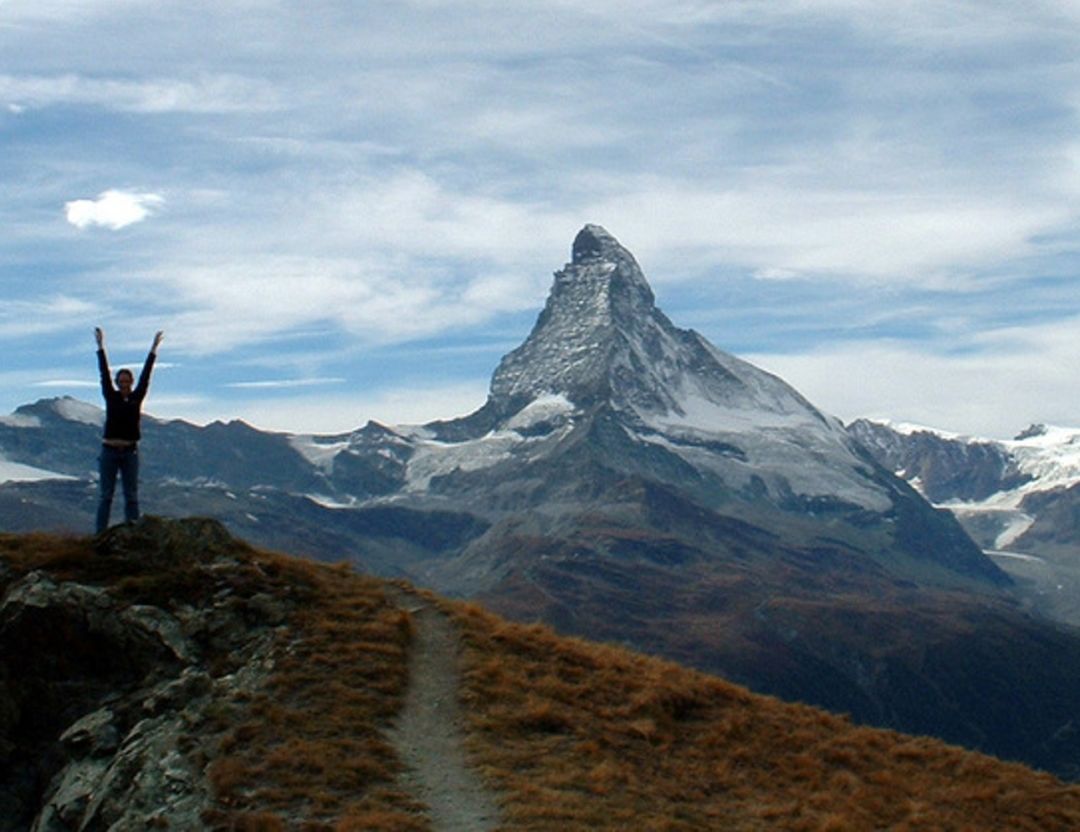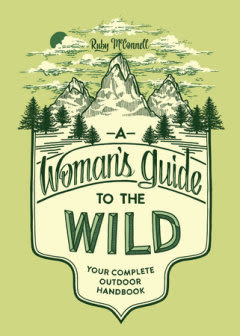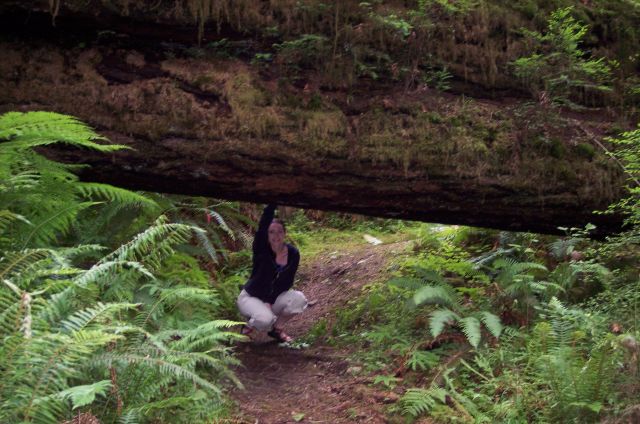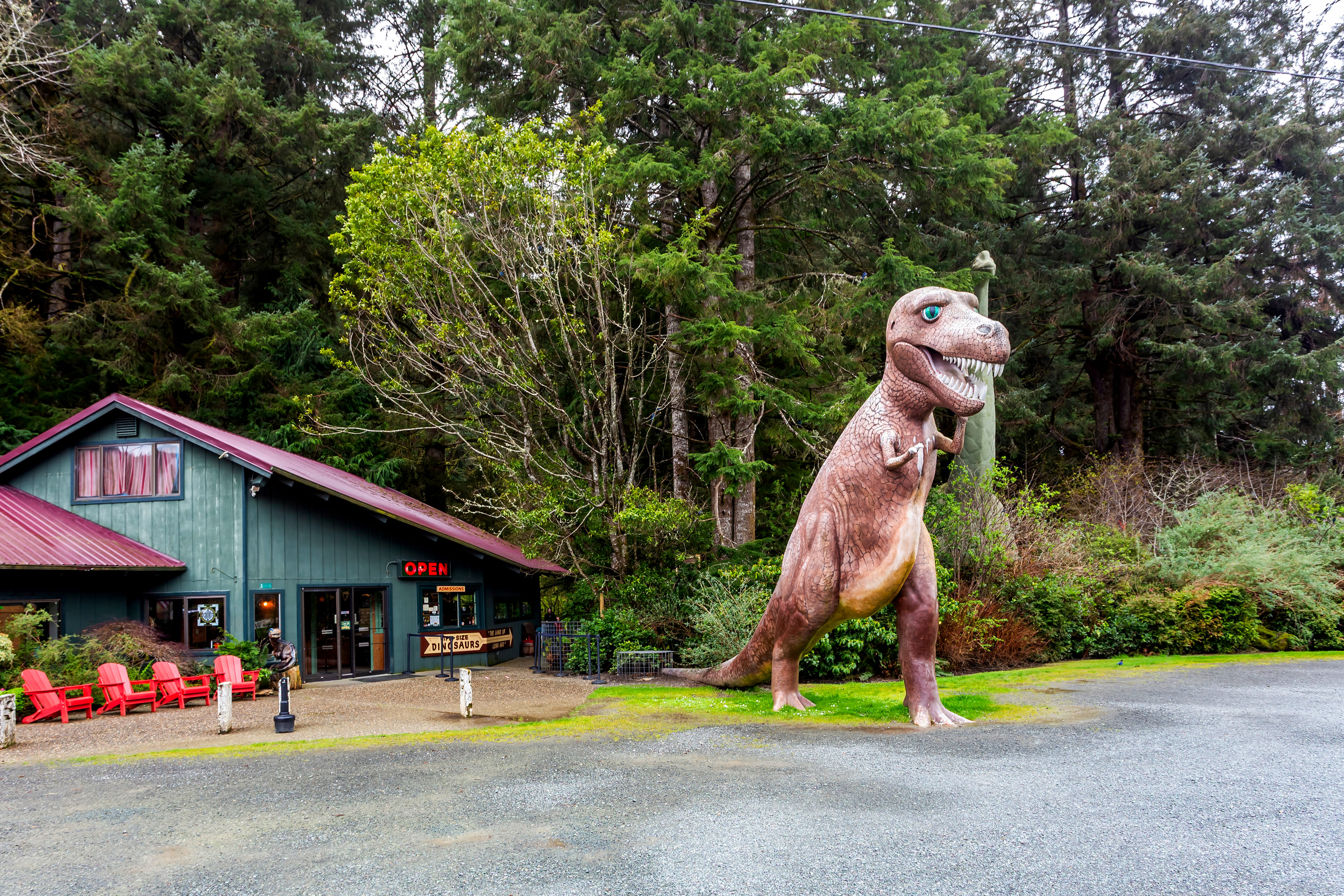A New Outdoor Guidebook Just for Women

Photo credit: Ruby Gone Wild
Field researcher Ruby McConnell has studied Mexico’s volcano belt, backpacked Alaska, and hiked the Grand Canyon. She was on site during Mount St. Helen’s continuous eruption from 2004–2008, working as a volcanologist. Everywhere she went was dominated by stunning landscapes—and men who thought her period made them bear bait.
“If you work in geology, it’s largely men. I met one female driller, an assistant, in my time. We were astounded to see each other, like monkeys running into each other in a jungle,” she laughs.

Cover art for A Woman's Guide to the Wild—out March 15. Image courtesy Sasquatch Books.
Starting in the 1990s, the Portland native (now based in Eugene) began searching for a book with answers her male colleagues couldn’t provide: where to find packs built for a woman’s lower center of gravity, how to pee outdoors without soaking your shoes, what’s the right way to stash hygiene products—and whether her period would actually attract bears. (It won't. What might, however, are those hot dogs on the grill.)
Such a book did not exist, she realized. So she wrote it. A Woman’s Guide to the Wild, published by Seattle-based Sasquatch, hits shelves March 15. We called up Ruby to ask about s’mores, sex in the wild, and what makes for an authentic female outdoor experience.
So, the big question: Why do women need their own outdoor guide?
A lot of women I interviewed for the book asked me the question, 'Why?'—it was a question they answered for themselves by the end of the interview.
The voice in which you communicate matters, and right now, the voice of the outdoor world is predominantly male. If you’re looking to recruit outdoorswomen; if, like me, you’ve decided that it’s important for women in particular to connect with the natural world, have positive experiences, then it follows that you want to provide them with information they can relate to.

Ruby in Oxbow Park, outside of Portland. Photo courtesy Ruby McConnell.
There are some fundamental differences to how men and women function, and process information—broad, Mars and Venus generalizations that become really practical matters outside. You’re not going to be given any help on menstruating outside by a guy. He’s not! Guys may also not have a sense of how much weight you can really carry, and they’re not going to help you fit your backpack to your body in the right way, because their center of gravity is in a completely different place. Their experience of carrying weight is completely different. Their metabolism is different. Their thermostat is different—which means, if you rely on them for information on ‘what should I wear, what should I pack,’ they may say, 'Oh, it’ll be warm.' And it won’t be warm for you.
You’ve got hard skills in the book—like a solid chapter on navigation. What is gendered about topography, giving directions, map reliefs, making a sun compass?
Navigation is a complicated and necessary tool. And I know I’m having to hugely generalize here. But you have to, in order to write a book like this. In general, women process spatial information very differently. When you talk to women about navigation, they are a little bit more visual and landmark-based. Men typically are oriented in a map space in their head already, and will give directional based information: north, south, east, west, street names, specific distances. Whereas women tend to do that in a narrative: ‘go down this road till you go up and over the hill.’ Both are totally legitimate ways of navigation. But you have to be able to use both skills.
You’ve definitely got some soft skills in here, too—French-braiding your own hair, a deluxe s’mores recipe with cayenne and Nutella. Why do these belong in your guidebook?
I didn’t want the book to sound condescending, or fluffy, but at the same time, you have to include some softer skills. My hair is a total pain in the ass; it will be impenetrable after one day in the wild. If you have five more days in the wild, well, I’ve had to cut chunks of my hair off. And again, if you’re there with all guys, all short hair, they aren’t going to be able to help you. A French braid solved lot of problems for me: really clean, pulled back against the wind, and I could still fit a helmet over it if I was climbing.
These are the kinds of small things that just make it easier. And I’m really dedicating to the idea of retaining our feminine dignity. What I felt early on in the outdoors—and this is starting to change—was that you had to sacrifice your femininity in order to be allowed to play. Now, women are craving an authentic female outdoor experience, and part of that is saying ‘I do like to look halfway decent.’ We’re conditioned to want that, and to suddenly be expected to not care at all how I look, just because I’m outside, that takes a lot of personal strength. Let’s be honest. Maybe there’s 20 people there on a group trip, or you’re dating, or you just simply don’t want to look like a cretin. If it makes you more comfortable, then go for it!
Regarding food: I just went ahead and gave women the benefit of the doubt that we’d all want to eat well. Maybe it's because I’m from Portland. I thought, what are the things that store well, pack well, have strong flavors—like pesto. I do like to walk the loop at a campground around dinnertime and see what people are eating. It’s a lot of chips and dip. We can do better.
This is not your typical guidebook in other ways. You talk about techniques for peeing standing up and squatting, and also give tips for doing it outdoors—earthy topics that make this a really fun read. Your personality is definitely in here! How did you get away with that?
[My editor] Hannah really let me say anything I wanted. She let me really go after sex, menstruation. Everyone at Sasquatch totally got was I was after. And that includes the difficult topics: I am always going to be the person who gets up at a science pub and talks about having sex and peeing on your shoes. It shouldn’t make us uncomfortable.
Ruby McConnell is at Powell's on Hawthorne at 7:30 pm on Thursday, June 23. A Woman’s Guide to the Wild is available from Sasquatch Books.




